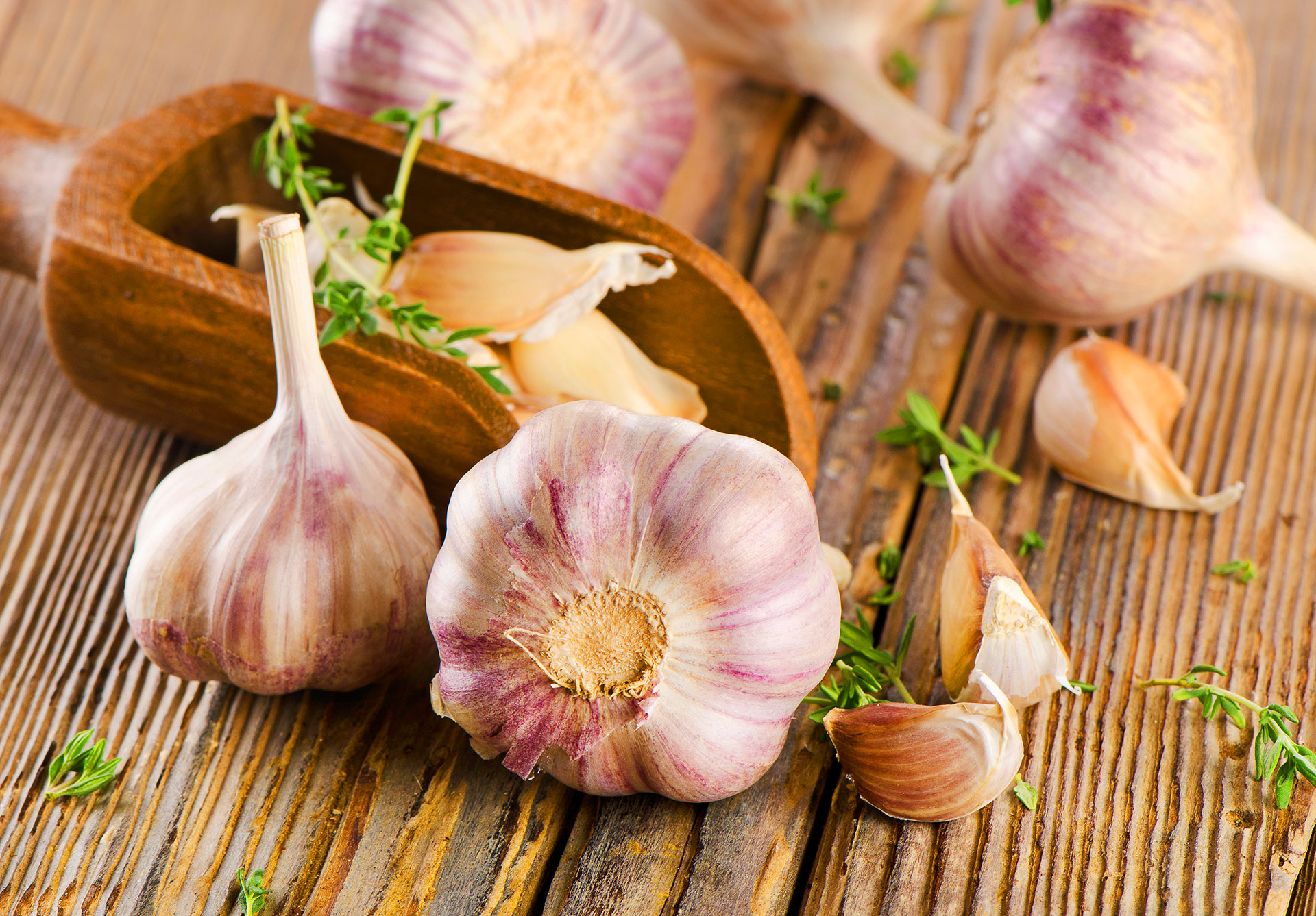Garlic, a staple in kitchens and traditional medicine for centuries, is celebrated for its diverse health benefits, from fighting inflammation to warding off bacteria. Now, exciting new research published in a recent study (likely from a journal focused on neuroscience or pharmacology) highlights another powerful property: a key compound in garlic, alliin, shows significant promise …
Garlic, a staple in kitchens and traditional medicine for centuries, is celebrated for its diverse health benefits, from fighting inflammation to warding off bacteria. Now, exciting new research published in a recent study (likely from a journal focused on neuroscience or pharmacology) highlights another powerful property: a key compound in garlic, alliin, shows significant promise in protecting the brain, particularly against a damaging process called ferroptosis.
Beyond the Bulb: Alliin’s Potential
You might be familiar with allicin, the compound responsible for garlic’s distinctive smell and many of its health benefits. However, allicin is actually derived from its precursor, alliin, when garlic is crushed or cut. While allicin has already been recognized for its neuroprotective effects, especially after conditions like intracerebral hemorrhage (ICH, a type of bleeding in the brain), the potential of alliin itself has been less explored – until now.
Researchers aimed to uncover the specific mechanisms behind alliin’s neuroprotective actions. Their findings reveal that alliin plays a crucial role in inhibiting ferroptosis, a unique form of iron-dependent cell death that contributes significantly to brain damage after injuries like ICH.
What is Ferroptosis and Why is it Dangerous?
Unlike other forms of cell death, ferroptosis is characterized by an excessive buildup of lipid peroxides – harmful molecules that damage cell membranes – and a reliance on iron. After a brain injury like ICH, there’s an increase in iron from broken-down blood cells. This iron can then fuel reactions that produce damaging free radicals, leading to inflammation and, critically, ferroptosis. This process exacerbates brain tissue damage and hinders recovery, making the inhibition of ferroptosis a vital target for neuroprotection.
Alliin to the Rescue: Lab and Animal Studies
The research team conducted experiments both in vitro (using brain cells in a lab dish) and in vivo (using mice with induced ICH) to investigate alliin’s effects.
In the lab, they found that alliin significantly prevented ferroptosis in brain cells that were chemically induced to undergo this process. This was a strong initial hint of its protective capabilities.
Moving to animal models, mice with ICH showed significant brain damage and neurological problems. When these mice were treated with alliin, the researchers observed a dramatic improvement:
- Suppressed Ferroptosis: Alliin effectively reduced the signs of ferroptosis in the brain tissue of these mice.
- Reduced Neurological Dysfunction: Mice treated with alliin showed better neurological function, suggesting improved recovery.
- Alleviated Pathological Damage: The overall tissue damage in the brain was lessened in the alliin-treated group.
The Mechanism: Targeting ALOX15
To understand how alliin achieved these protective effects, the scientists delved into the molecular details. They discovered that alliin works by downregulating the expression of a specific enzyme called 15-lipoxygenase (ALOX15).
Think of ALOX15 as a key player in the production of those harmful lipid peroxides that drive ferroptosis. By reducing ALOX15 activity, alliin essentially puts a brake on the damaging chain reaction that leads to cell death. The study further strengthened this finding by showing that genetically “knocking out” the ALOX15 gene produced similar protective effects to those seen with alliin treatment, confirming ALOX15 as a critical target.
Why This Matters for Public Health
This study is the first to directly demonstrate that alliin regulates ferroptosis both in laboratory settings and in living organisms. These findings have significant implications:
- New Therapeutic Avenues: Alliin, and by extension garlic, could be a source of new treatments for conditions involving ferroptosis, particularly acute brain injuries like intracerebral hemorrhage.
- Dietary Implications: While more research is needed, this study adds to the growing body of evidence supporting the neuroprotective benefits of including garlic in our diets.
- Understanding Brain Injury: Pinpointing ALOX15 as a critical factor in ferroptosis after ICH provides a clearer target for future drug development.
While we’re still in the early stages of research, this discovery highlights the incredible potential of natural compounds to offer powerful protection for our most vital organ – the brain. It’s a reminder that sometimes, the answers to complex health challenges can be found in unexpected, everyday sources.
Are you surprised by the potential brain-protecting power of garlic?
Food Funct., 2025,16, 5278-5300








